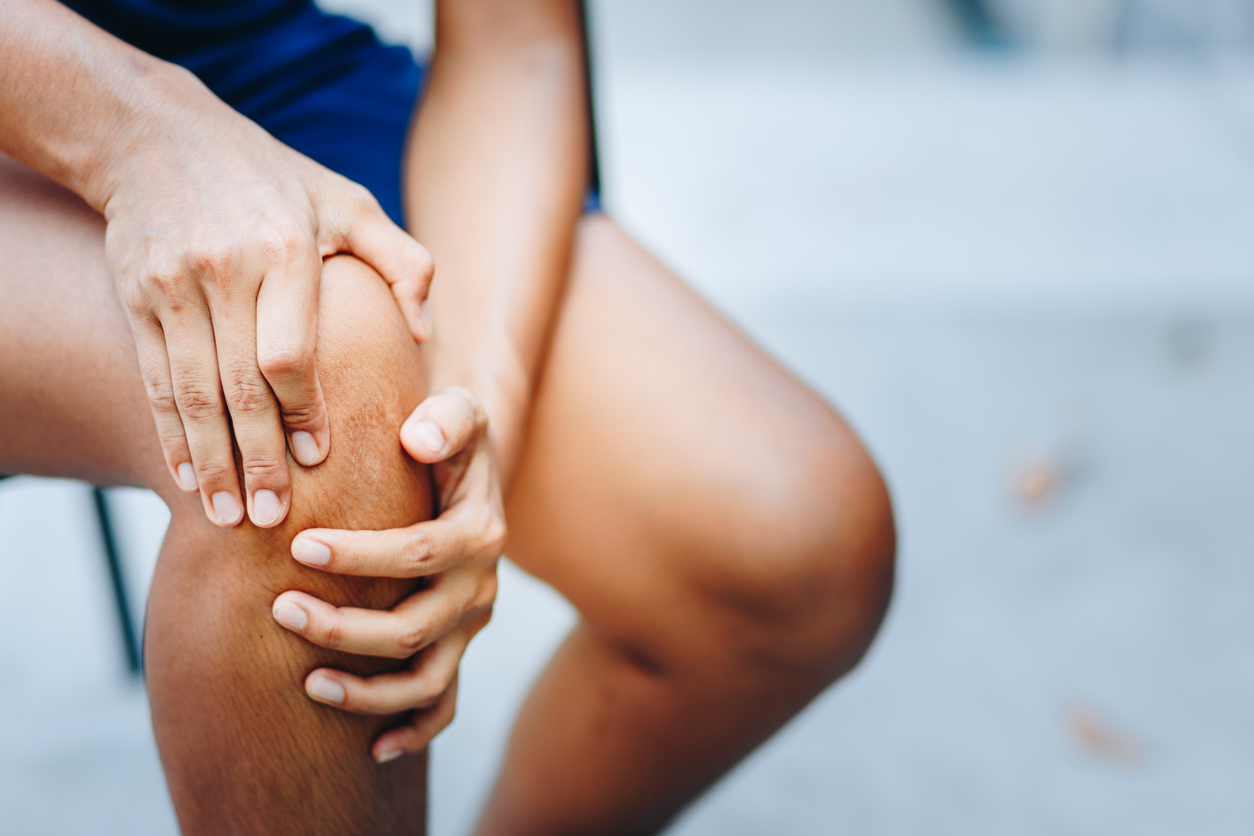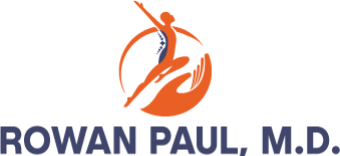Conditions

Dr. Paul uses minimally invasive regenerative therapies to treat a wide range of joint injuries, degenerative joint conditions, and other musculoskeletal conditions involving the tendons, ligaments, and muscles of the human body. If you’re experiencing pain, chronic injury, or worsening functionality and movement, please call to schedule an appointment and receive an evaluation. Below, you can find a general overview of the conditions Dr. Paul treats, but don’t hesitate to reach out for more detailed information.
-
Osteoarthritis (All Joints)
Osteoarthritis (OA) is the most common form of arthritis and impacts millions of people around the world. OA is sometimes called “wear and tear arthritis” because it’s caused by natural wear and tear on the joints with age. Other risk factors for developing OA include obesity, a history of joint injuries, overuse or repetitive use of joints, and genetics.
It’s a degenerative joint condition that affects the smooth, protective articular cartilage covering the ends of bones. Articular cartilage cushions the bones, prevents them from rubbing together, and enables frictionless, flexible joint movement. OA develops when the cartilage begins to wear down and erode. When that occurs, the joints become painful, inflamed, stiff, swollen, tender, less flexible and difficult to move through the full range of motion.
Symptoms typically begin slowly and progress over time, to the point where the disease can cause difficulty walking, climbing stairs, and performing everyday tasks. Over time, osteoarthritis leads to deterioration of the entire joint — not just the cartilage, but also the bone and connective tissues holding the joint together.
-
Tendon Disorders: Tendinitis, Tendinopathy, Tears (All Joints)
Tendons are the strong, fibrous connective tissues that attach muscles to bones and enable us to move. They’re prone to injuries from overuse and overstretching.
Tendinopathy
Tendinopathy encompasses all tendon injuries and damage, whether acute or chronic. Tendinitis, tendinosis, paratenonitis, tenosynovitis, and tendon ruptures all fall under the tendinopathy classification.The term describes degeneration of the tendon itself. Over time, multiple injuries, overuse or repetitive use of the tendon, sports injuries, or wear and tear with age cause tissue breakdown, micro-tears, loss of function, and cell death. These degenerative changes are the result of placing repeated strain and pressure on the tendon without allowing adequate time for healing in between. Tendinopathy leads to pain, stiffness, swelling, and weakness in the affected area. Without treatment, the tendon will continue to degenerate and cause chronic pain.
Tendinitis
Tendinitis develops when a tendon becomes inflamed and irritated. It’s a common overuse injury caused by performing a repetitive movement over time. Athletes are especially prone to developing tendon inflammation. Tendinitis causes a dull, aching pain, tenderness, swelling, and tightness around the affected joint.Tendon Tears
Tendon rupture occurs when a tendon partially or completely tears. A tear can happen suddenly as an acute injury or it can develop over time due to overuse and progressive weakening. Tears cause pain, weakness, and loss of movement in the affected area.
-
Ligament Disorders: Tears, Ligamentous Laxity (All Joints)
Ligaments are the bands of tough, elastic tissues that wrap around the joints and connect bone to bone. They stabilize and support the joints during movement. Stretching or tearing ligaments can cause joint instability.
Ligament Tears
Ligaments tear under extreme force from a fall, car accident, direct blow to the body, sports collision or other high-impact incident. A sudden twisting motion can also cause a ligament to tear. Symptoms include pain, swelling, tenderness, and bruising. Tears can also cause joint instability, looseness, and loss of movement in the joint. A patient with a completely ruptured ligament may not be able to bear weight on the affected joint or move it.Ligamentous Laxity
Ligamentous laxity occurs when ligaments are too loose. This condition is also referred to as loose joints or joint laxity. Joint laxity may be caused by overuse or traumatic joint injuries that stretch or tear the ligaments. Another common cause is an underlying genetic disorder. Symptoms of laxity include pain, weakness, numbness, tingling, and muscle spasms around the affected joint. Additionally, joint laxity leads to hypermobility and increased range of motion of the affected joint.Patients with loose joints are more likely to experience sprains, strains and other injuries due to joint instability and weakness. Additionally, many patients develop osteoarthritis and degenerative disc disease at the affected joint due to instability.
-
Nerve Entrapment
Nerve entrapment — also called nerve compression syndrome or compression neuropathy — develops when a nerve becomes compressed. Nerve movement can become entrapped and restricted by surrounding tendons, ligaments, muscles, bones, and other connective tissues. Overuse and repetitive use activities cause soft tissues to thicken, inflame, and swell. In turn, this leads to a narrowing of the spaces where nerves pass through.
The primary symptoms of nerve entrapment are radiating pain, numbness, tingling, and weakness in the affected area.
-
Neuritis
Neuritis describes inflammation of one or more nerves. Autoimmune diseases, infections, and injuries can all cause nerves to become inflamed. Symptoms of neuritis include pain, weakness, numbness, tingling, and loss of function in the affected area.
Contact Us Today
Get in Touch
Do you have joint pain or a joint condition? Do you have a chronic sports injury that won’t heal? Have you been sidelined by pain, stiffness, and loss of functional mobility? Have doctors told you surgery is your only option? If you answered yes to any of the above questions, don’t give up hope yet. Contact Dr. Paul for an evaluation. His goal is to help you heal and get back on your feet without surgery. Please visit the contact page to find his practice locations and call to schedule an appointment.
